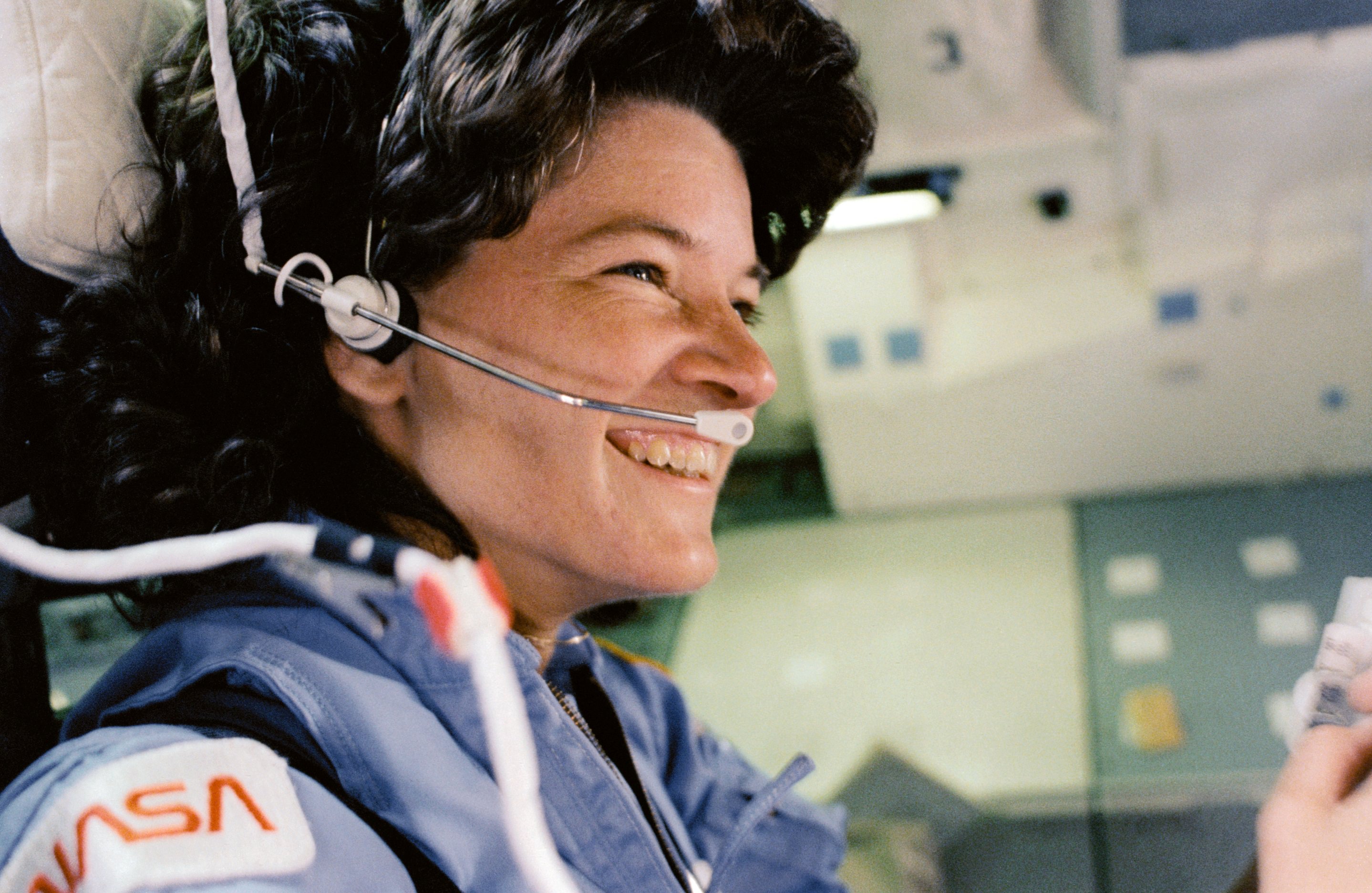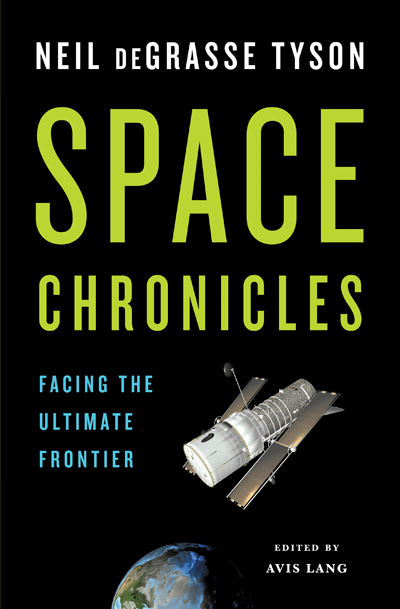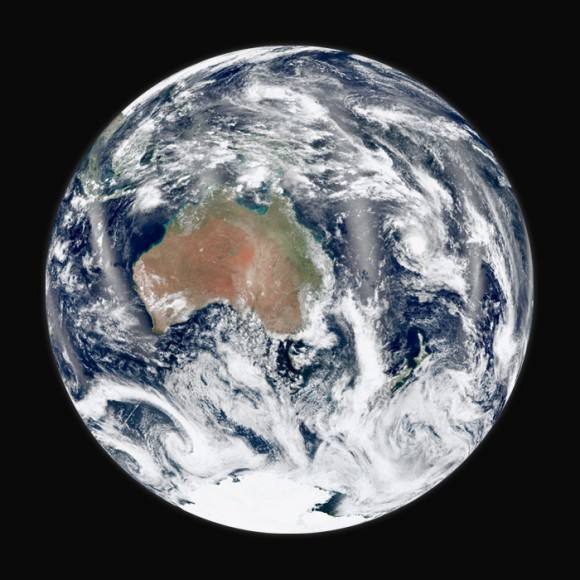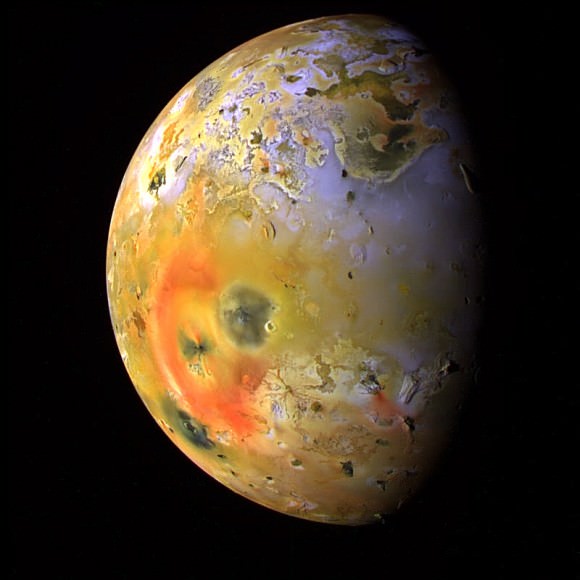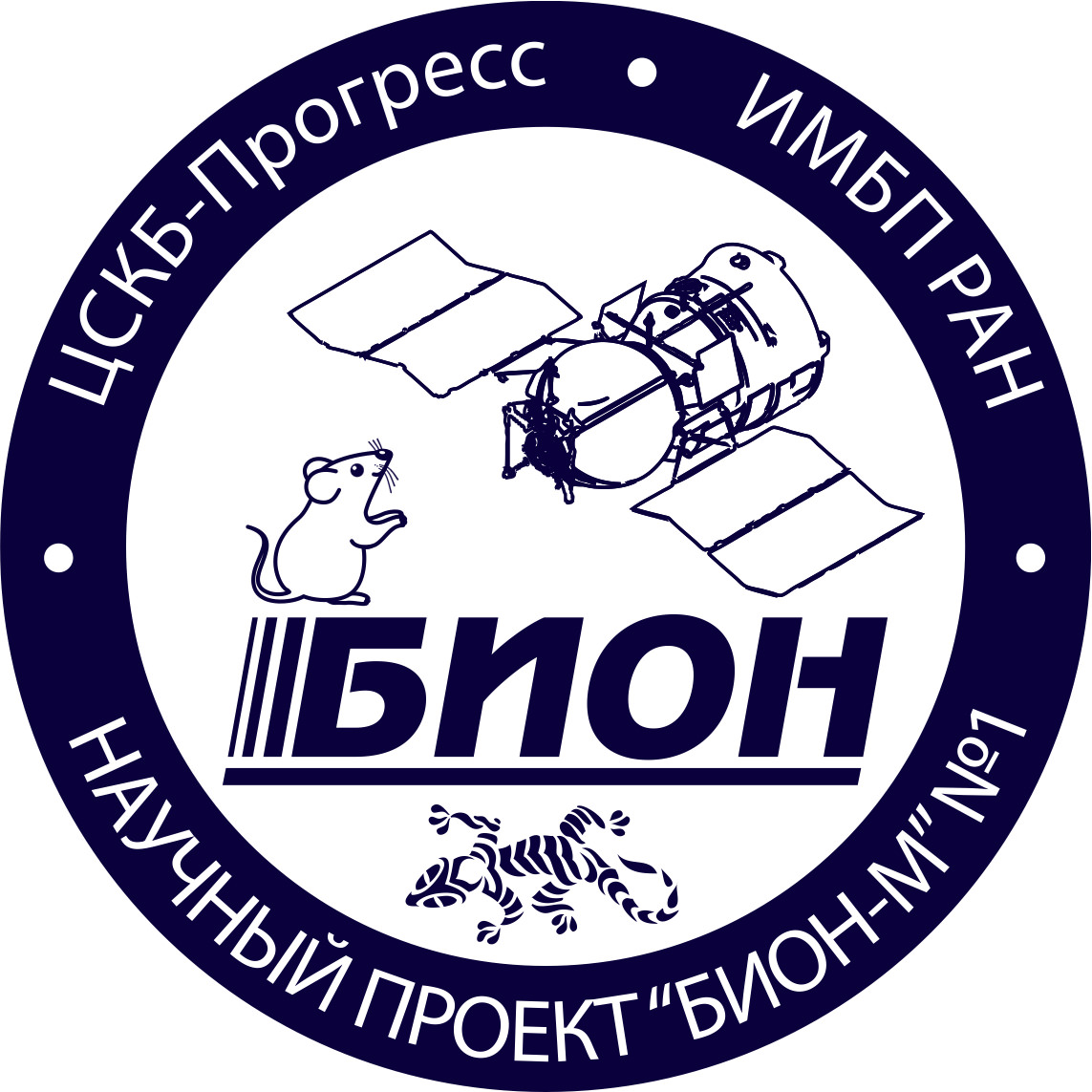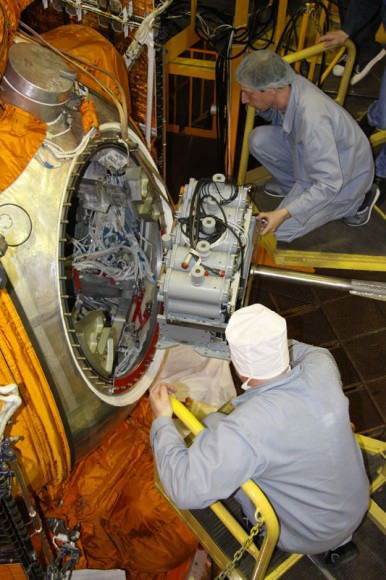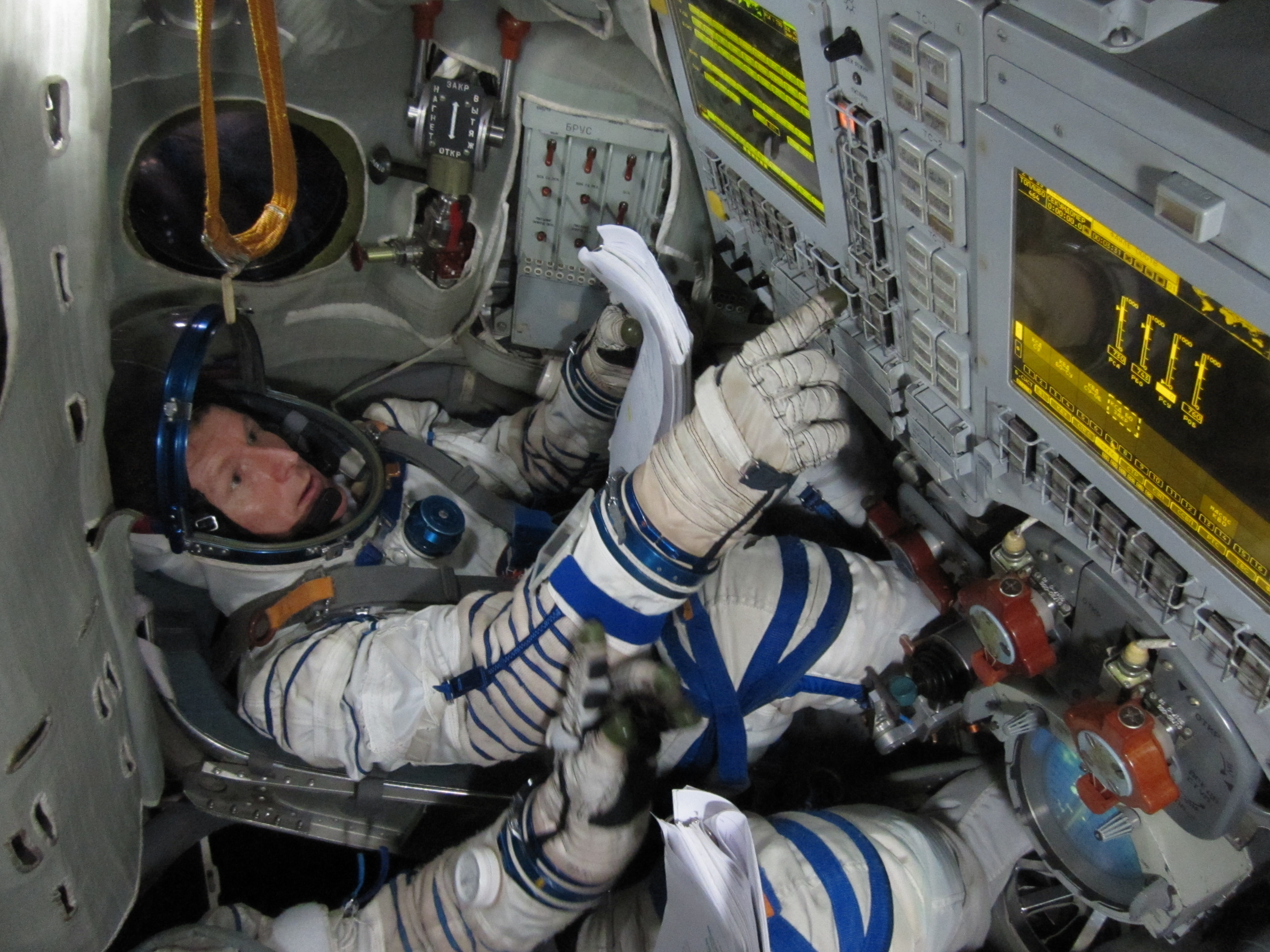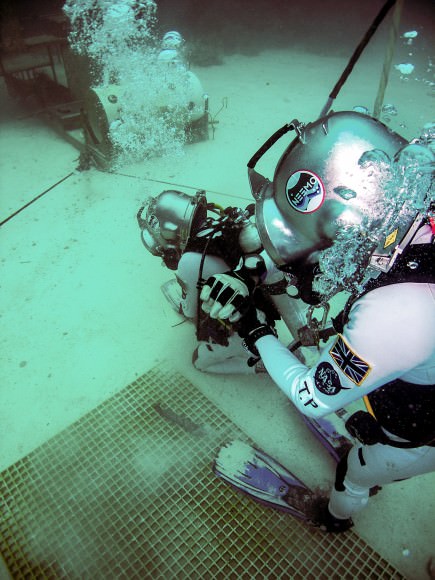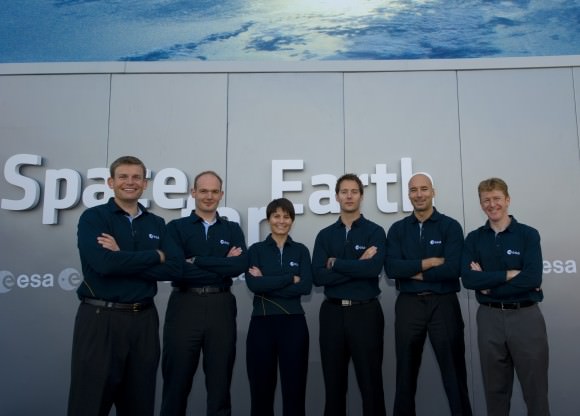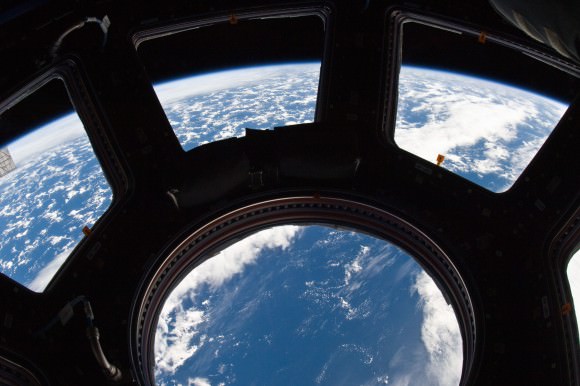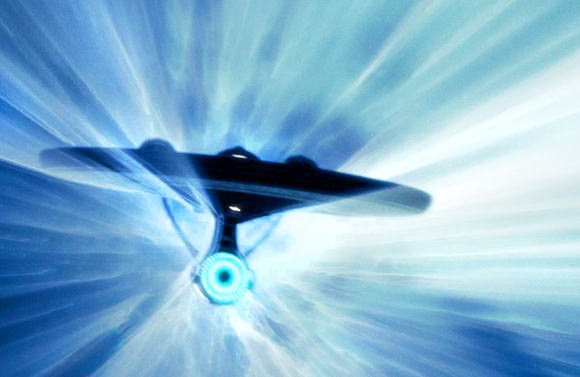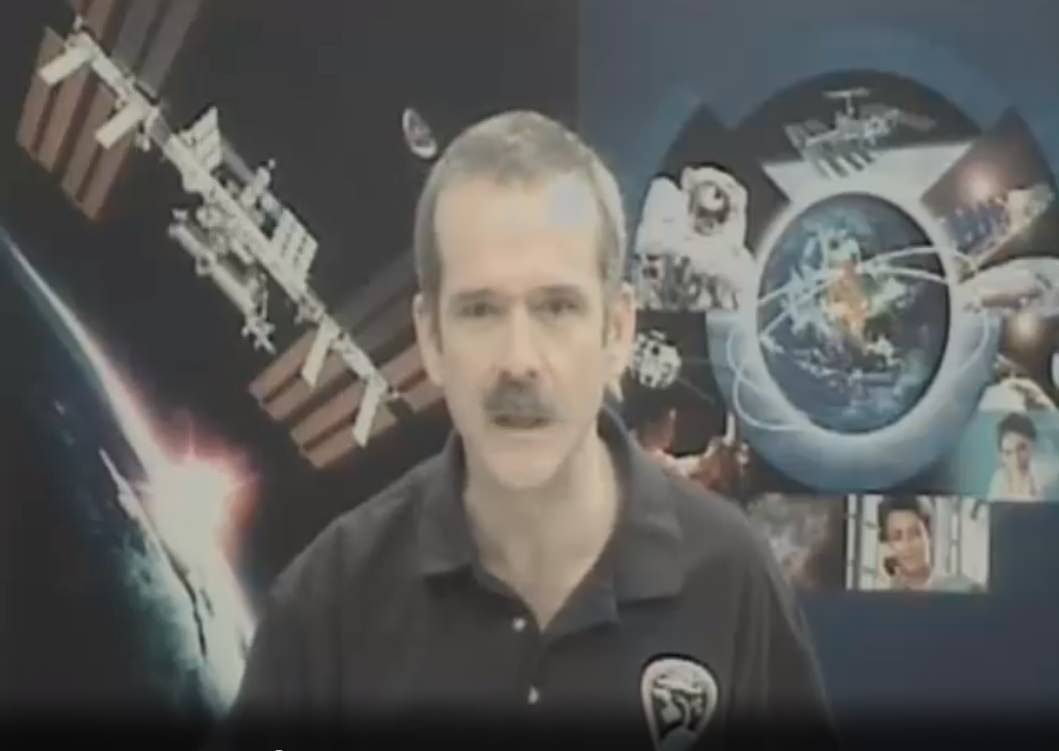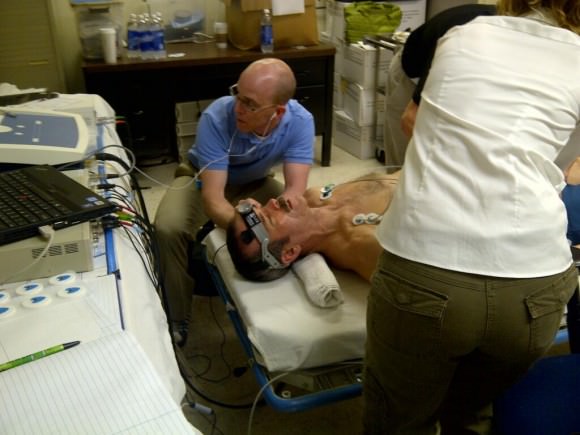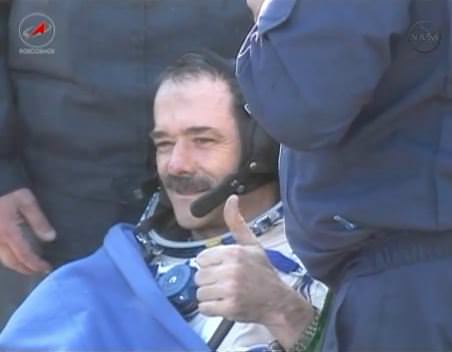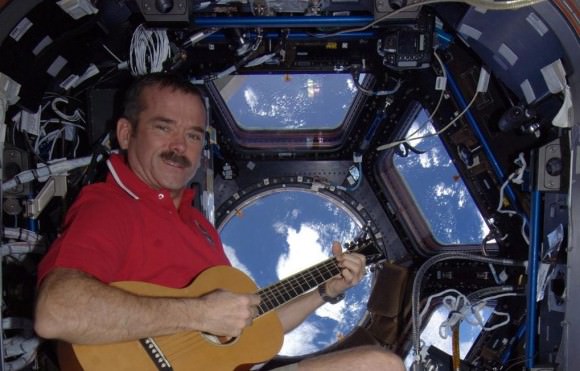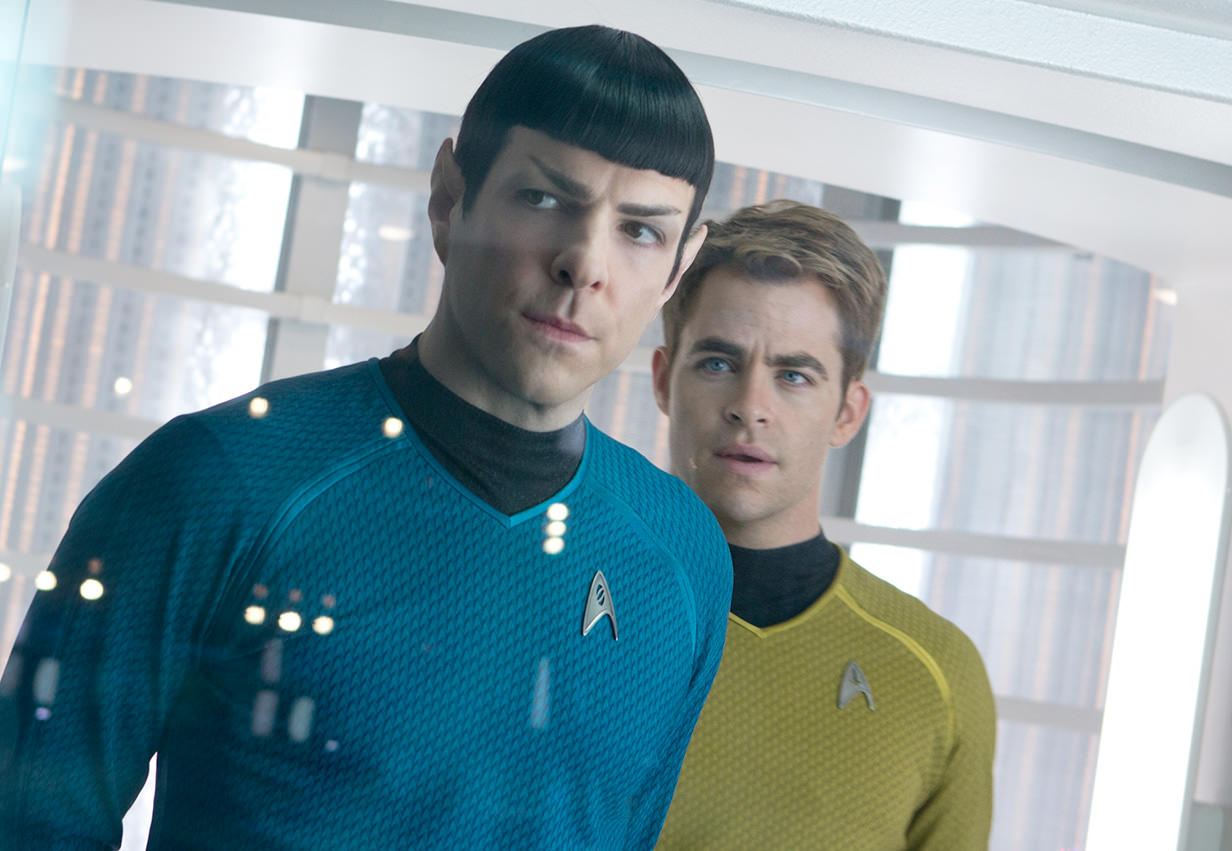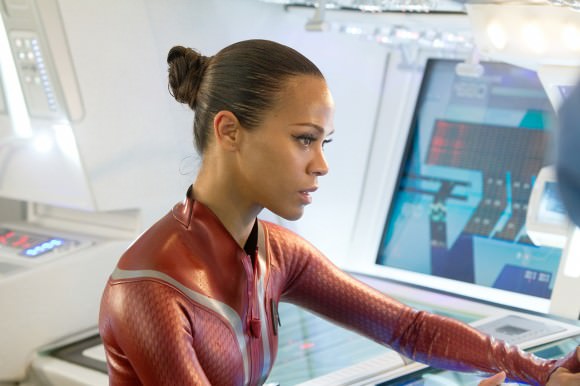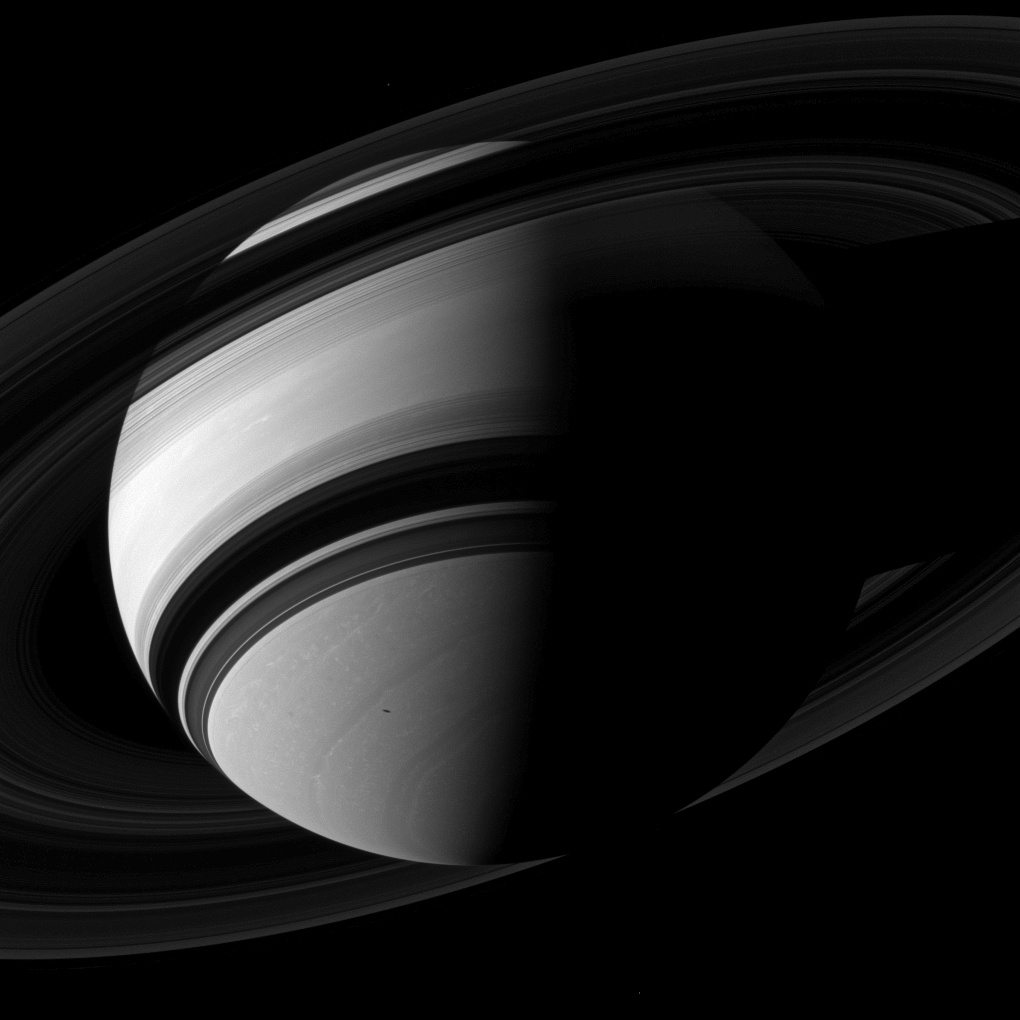Sally Ride was only 32 years old when she flew into space for the first time 30 years ago, in June 1983. She died last year at 61, at an age that many considered very young. In that generation of time, however, the exploits of America’s first woman in space in flight and education touched countless Americans.
This week, the accolades are piling up for the two-time space flyer. Besides her astronaut exploits, she was a Rogers Commission investigator of the 1986 Challenger explosion and the founder of Sally Ride Science, which encourages children to pursue careers in science, technology, education and math (STEM).
In the past few days alone, Ride generated a bunch of posthumous tributes:
– She will receive the Presidential Medal of Freedom sometime later this year;
– NASA made a new internship program named after her;
– The EarthKAM science instrument (which includes participation from students) on the International Space Station will bear her name.
And that’s not all. There were also star-studded public ceremonies devoted to her memory.
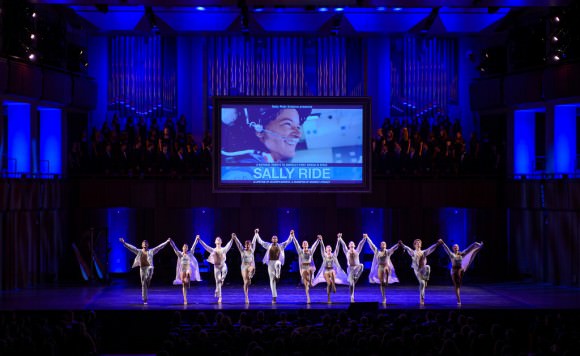
Music, art and science all met at a gala at Washington, D.C.’s John F. Kennedy Center for the Performing Arts on Monday (May 20). The performances focused on things that had meaning to Ride, NASA stated, including a performance of Claude Debussy’s “Clair de Lune” and a reading of Mary Oliver’s poem “The Summer Day.”
Speakers at the event included astronaut Leland Melvin (now NASA’s associate administrator for education), astronaut Pam Melroy (a former space shuttle commander), and Senator Barbara Mikulski of Maryland.
“I’m thrilled to pay tribute to Sally because her dedication and superb talent cemented the value of women’s contributions in space and in science, smoothing the path for all women to achieve success,” stated Melroy.
“Sally showed the world what was possible, opening the eyes of millions of women and men to what could be. Her achievements in space inspired a generation of young women, and her achievements in STEM education will pass that legacy of inspiration on to future generations.”
The Smithsonian also held a lecture in honor of Ride’s memory on May 17.
The 1.5-hour lecture (which is just above this text and definitely worth your time to see) includes commentary from a cross-section of space experts on Ride’s legacy. Speakers represented everything from the Smithsonian National Air and Space Museum to NASA’s Johnson Space Center to USA Today.
“We all admire Dr. Ride, but I don’t know that everyone in the room appreciates fully and remembers fully the history of what she accomplished,” said Margaret Weitekamp, a curator in the Smithsonian’s space history division who focuses on women in aviation, in opening remarks to the event.
Weitekamp pointed to investigations in the 1950s concerning women in space, showing that they could have advantages over men: they’re smaller (easier to fit in a spacecraft) and at the time were linked to studies showing women have fewer pulmonary problems, a higher tolerance to pain, and better performance in isolation tests.
She also cited early forays for women in space, including Lovelace’s Women in Space program, which she characterized as the first thorough physiological investigation of how women fare in that field. You can read more about their exploits on this NASA page.
What do you think is Sally Ride’s greatest legacy? Share your thoughts in the comments.

